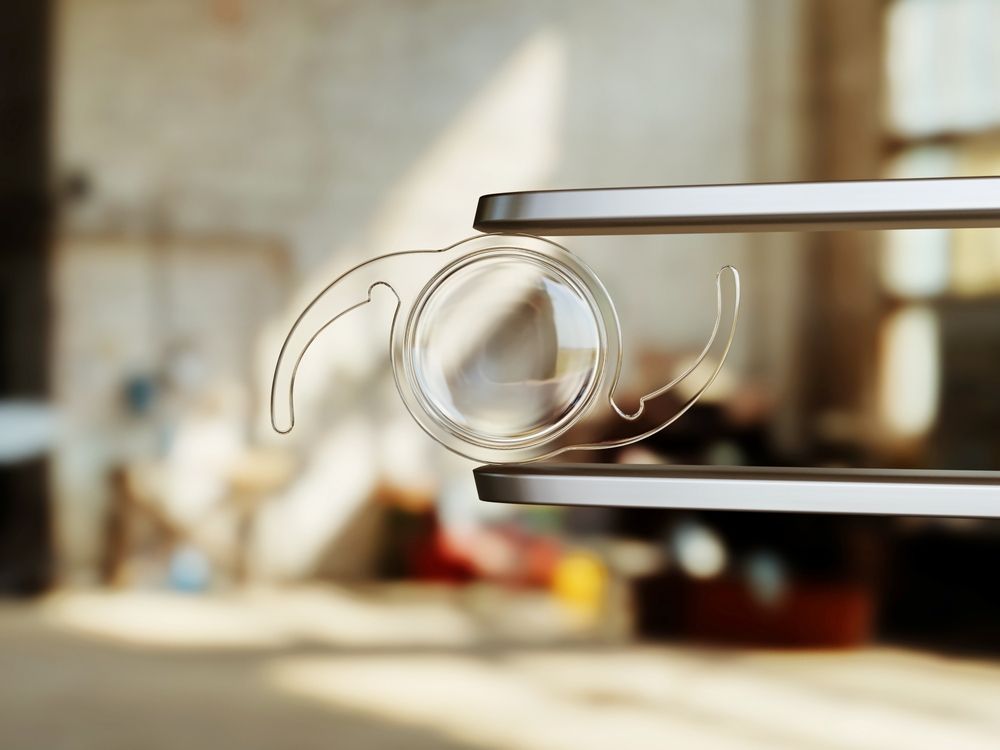At Colorado Eye Clinic in Greenwood Village, Denver, CO, Dr. Abed Namavari emphasizes the importance of patient education when it comes to eye health. One of the most significant advancements in modern ophthalmology is the development of intraocular lenses (IOLs), which are artificial lenses implanted in the eye to replace the natural lens removed during cataract surgery. Patients often find themselves overwhelmed by the variety of IOLs available, each offering different benefits depending on lifestyle, visual needs, and existing eye conditions. Understanding the main categories of IOLs can empower patients to make informed decisions about their vision care.
Cataract surgery has evolved from simply restoring vision to offering opportunities for patients to enjoy a higher quality of sight tailored to their daily activities. With the right IOL, many individuals reduce their dependency on glasses or contact lenses, making everyday tasks clearer and more convenient. This blog explores the different types of intraocular lenses, helping you better understand what may align with your unique visual needs.
Monofocal Intraocular Lenses
Monofocal lenses are the most commonly used type of IOL. They are designed to provide clear vision at one set distance, typically set for distance vision. This means that patients who receive a monofocal IOL can often drive and see objects far away without glasses, but may still require reading glasses for close-up work.
The main advantage of monofocal lenses is their predictability and high level of clarity for a single focal point. For patients who spend much of their time outdoors, driving, or watching television, this option is particularly beneficial. However, individuals who engage in a lot of near work, such as reading or sewing, may find they need additional corrective lenses. While simple in design, monofocal IOLs remain a reliable and effective solution for restoring vision after cataract surgery.
Multifocal Intraocular Lenses
Multifocal lenses represent a step forward in reducing dependency on glasses. These lenses contain multiple focal points, allowing patients to see clearly at both near and far distances. For example, someone with a multifocal IOL may be able to read a book and then glance up at the television without needing to switch to reading glasses.
Although multifocal IOLs offer greater flexibility, they do come with certain trade-offs. Some patients may experience glare or halos around lights, particularly at night. Adapting to multifocal lenses requires patience, as the brain needs time to adjust to processing different focal zones. Still, for patients with active lifestyles who wish to minimize their use of glasses, multifocal IOLs can be an excellent option.
Toric Intraocular Lenses
Patients with astigmatism often benefit from toric IOLs. Astigmatism occurs when the cornea or lens has an irregular shape, causing blurred or distorted vision at all distances. Standard IOLs cannot correct this issue, but toric lenses are specifically designed to address the irregular curvature, providing sharper, clearer vision.
The implantation of toric lenses requires precise measurement and alignment during surgery, ensuring the lens sits in the correct position within the eye. When properly placed, toric IOLs can significantly improve vision for patients who might otherwise still need glasses or contact lenses after surgery. For individuals with moderate to severe astigmatism, these lenses represent a transformative advancement in cataract surgery outcomes.
Accommodating Intraocular Lenses
Accommodating IOLs are designed to mimic the natural focusing ability of the human eye. Unlike monofocal or multifocal lenses, which provide fixed focal points, accommodating lenses shift slightly within the eye when focusing on objects at varying distances. This movement allows patients to achieve a broader range of vision, from near to far.
These lenses are particularly appealing to patients who want a more natural visual experience without the visual disturbances sometimes associated with multifocal IOLs. However, accommodating IOLs may not provide the same level of close-up clarity as multifocal lenses. Their success often depends on the eye’s ability to maintain adequate muscle function to support lens movement. For the right candidate, though, accommodating lenses provide a balanced approach to restoring dynamic vision.
Choosing the Right Lens for You
Selecting the most suitable intraocular lens involves considering multiple factors, including overall eye health, lifestyle, and personal vision goals. Patients who prioritize sharp distance vision may find monofocal IOLs ideal, while those looking for freedom from glasses at multiple distances may lean toward multifocal or accommodating lenses. For individuals with astigmatism, toric lenses are often the best choice.
During consultation, ophthalmologists assess factors such as corneal shape, pupil size, and the presence of other eye conditions to guide patients toward the lens type that will deliver the best results. Ultimately, the decision is highly individualized, and understanding the pros and cons of each option helps patients feel confident about their choices.
Conclusion
At Colorado Eye Clinic in Greenwood Village, Denver, CO, Dr. Abed Namavari and his team value patient education as a cornerstone of eye care. Intraocular lenses have transformed cataract surgery into a procedure that not only restores sight but also enhances quality of life. Whether you are considering monofocal, multifocal, toric, or accommodating lenses, having a clear understanding of the differences can help you work with your doctor to choose the solution that fits your vision needs. With the right information, you can look forward to a future of clearer and more comfortable vision.
Resources
- Agarwal, A., & Kumar, D. A. (2011). Current concepts in toric intraocular lenses. Indian Journal of Ophthalmology.
- Woodward, M. A., Randleman, J. B., & Stulting, R. D. (2009). Dissatisfaction after multifocal intraocular lens implantation. Journal of Cataract and Refractive Surgery.
- Findl, O., & Leydolt, C. (2007). Meta-analysis of accommodating intraocular lenses. Journal of Cataract and Refractive Surgery.

